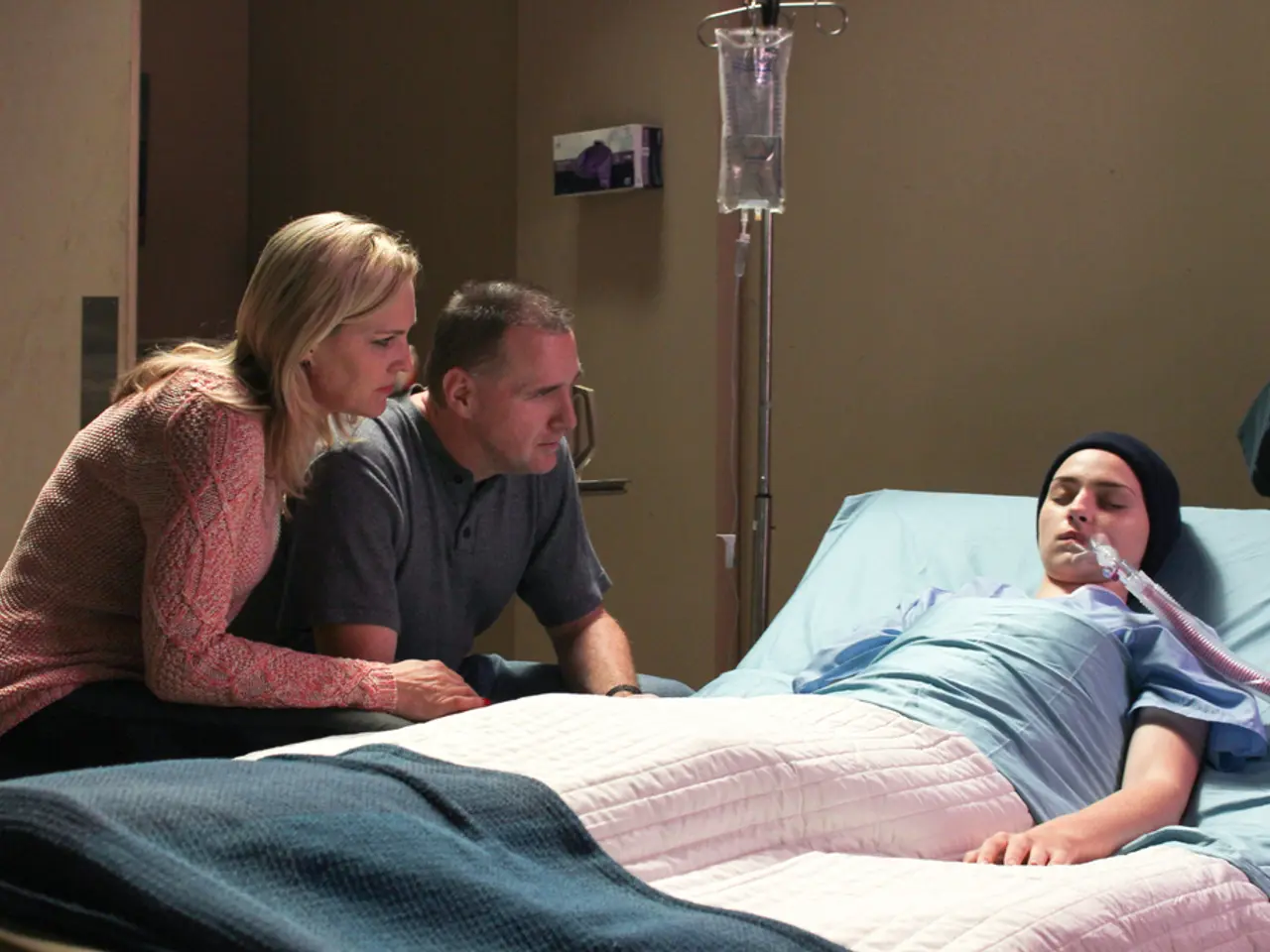Bed Sores Development, Healing Process, and Potential Complications
Pressure ulcers, also known as bedsores or decubitus ulcers, are a common health issue that can result from prolonged pressure on the skin. These ulcers occur when circulation is cut off, leading to tissue damage. Healthcare professionals stage pressure ulcers according to their severity to determine the most effective treatment plan.
The staging system, established by organisations such as the National Pressure Ulcer Advisory Panel (NPUAP) and the European Pressure Ulcer Advisory Panel (EPUAP), ranges from Stage 1 to Stage 4.
- Stage 1: Non-blanchable erythema (redness) of intact skin; skin is not broken but redness does not fade when pressed.
- Stage 2: Partial-thickness loss of skin involving the epidermis and/or dermis; the wound bed is visible and pink or red without slough.
- Stage 3: Full-thickness skin loss with visible subcutaneous fat; no bone, tendon, or muscle is exposed.
- Stage 4: Full-thickness tissue loss with exposed bone, tendon, or muscle; may include undermining and tunneling.
There are also additional categories sometimes used: - Unstageable: Full-thickness tissue loss in which the base of the ulcer is covered by slough or eschar and cannot be visualized. - Deep Tissue Pressure Injury: Persistent non-blanchable deep red, maroon, or purple discoloration indicating damage beneath intact skin.
Infection is a primary complication of decubitus ulcers and can cause cellulitis, abscesses, osteomyelitis, and bacteremia. Around 25% of the infections were polymicrobial.
The stage of a pressure ulcer impacts recovery time. On average, stage 2 ulcers take about 23 days to achieve re-epithelialization. The pressure ulcer healing rate after 6 months of treatment is greater than 70% for stage 2, 50% for stage 3, and 30% for stage 4.
Factors contributing to successful wound healing include higher hemoglobin and mean arterial pressure, oral nutrition, better mobility, and discharge from hospital. Regular wound assessments use tools such as MEASURE (Measure size and depth, Exudate amount and quality, Appearance, Suffering or pain, Undermining, Re-evaluation, Edge condition) to track progression and healing aspects, inform treatment decisions, and address quality-of-life impacts.
A reliable method of diagnosing a Marjolin's ulcer, a malignancy that can develop from a pressure ulcer, is through a tissue biopsy. It is usually squamous cell carcinoma.
Risk assessment scales like the Braden Scale are also used to evaluate a patient’s overall risk of developing pressure ulcers by measuring sensory perception, moisture exposure, activity, mobility, nutrition, and friction/shear factors to guide prevention strategies.
Staging is permanent—once a pressure ulcer reaches a higher stage, it retains that stage designation even if it heals or improves. Gangrene, tissue death that results from infection, lack of blood flow, or both, requires prompt medical care, including the removal of affected tissue and antibiotics if bacteria are involved.
In summary, pressure ulcer staging is based on depth and tissue involvement, skin appearance, and clinical signs of wound severity, with healthcare providers using systematic tools and ongoing assessment to manage and document ulcer status.
- Pressure ulcers can lead to chronic diseases like cancer or respiratory conditions if not promptly treated.
- Sleep plays a crucial role in overall health and can contribute to workplace wellness by reducing the risk of accidental falls and pressure ulcers.
- Medical conditions such as diabetes and neurological disorders increase the risk of developing pressure ulcers.
- Therapies and treatments for pressure ulcers may include nutritional interventions to ensure proper wound healing.
- Digestive health is essential for the absorption of nutrients, which aids in wound healing and overall health-and-wellness.
- In reducing the risk of pressure ulcers, fitness-and-exercise plays a significant role, enhancing blood circulation and preventing prolonged pressure on skin areas.
- Eye-health and hearing screenings are essential during routine check-ups to ensure early detection and management of conditions that may lead to pressure ulcers.
- Skin care must be a priority, especially for those at high risk of pressure ulcers, to maintain the integrity of the skin barrier.
- Men's health also includes sexual health and addressing issues like erectile dysfunction, which might contribute to reduced blood flow, a risk factor for pressure ulcers.
- Aging brings about health challenges such as pressure ulcers, necessitating regular screening and preventive measures.
- Women's health encompasses reproductive health, menopause, and pregnancy, with any complications potentially increasing the risk of pressure ulcers during childbirth or care for a newborn (parenting).
- Weight-management is crucial for overall health and can help reduce the risk of pressure ulcers, particularly as excessive weight places increased pressure on the skin.
- Cardiovascular health is vital for maintaining proper blood flow, reducing the risk of pressure ulcers and promoting faster healing time.
- Medicare provides coverage for various health-related services, including pressure ulcer treatment, ensuring that individuals have access to needed therapies and treatments.




